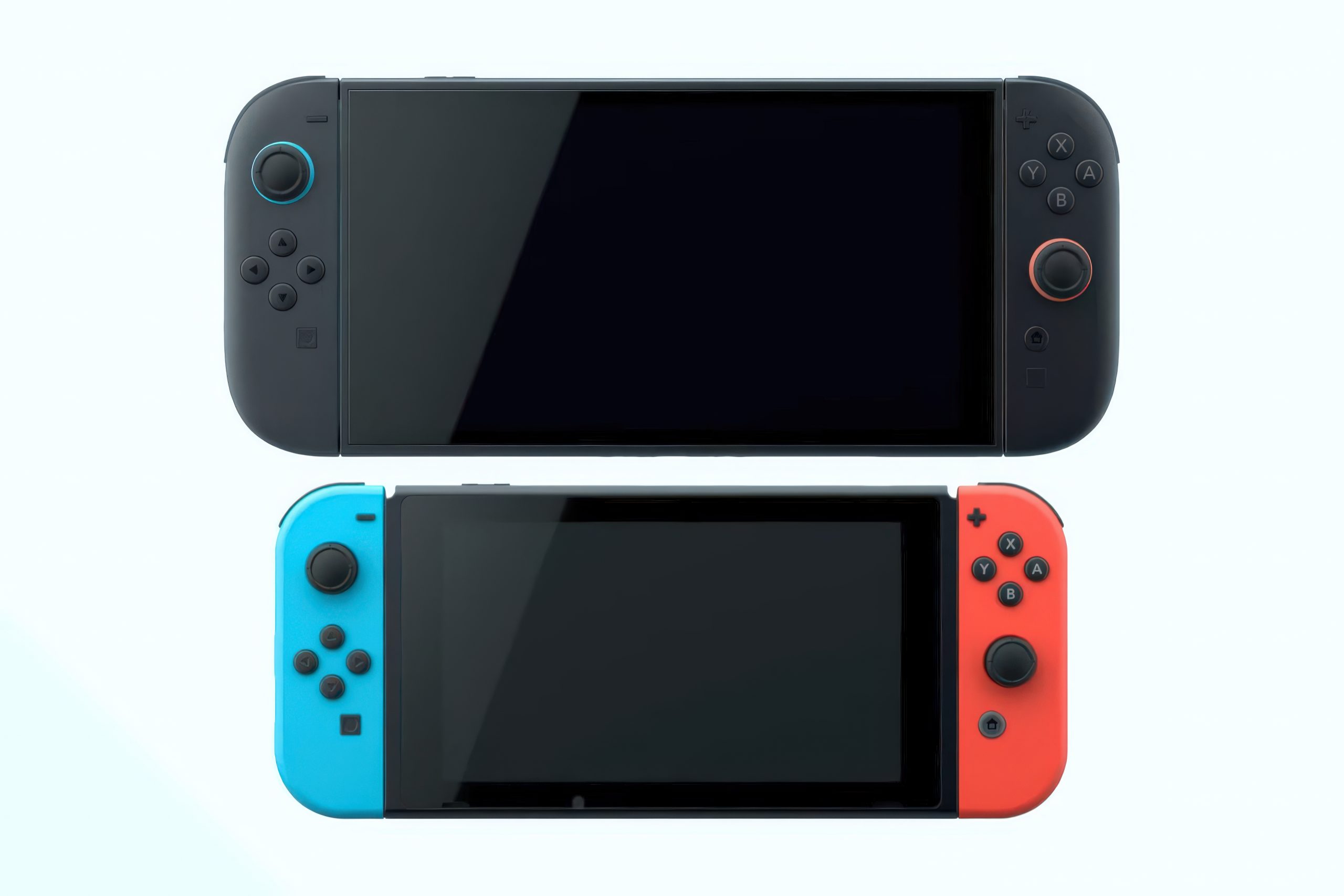The Nintendo Switch 2 has arrived, bringing with it a host of exciting new features and capabilities. However, recent analyses of its display reveal a notable characteristic: a significantly slower response time compared to its predecessor, the original Switch. This difference, measured to be up to 50% slower, has implications for motion clarity and the overall visual experience, particularly in fast-paced gaming scenarios.
Understanding the Display’s Performance
Tests indicate that the Switch 2’s LCD panel exhibits a response time of approximately 17.06 milliseconds (ms) when running at 60 Hz. To put this into perspective, a display needs to complete a color transition within the 16.7 ms refresh interval at 60 Hz to avoid visual artifacts. The Switch 2’s panel often takes nearly twice as long, leading to noticeable blurring and ghosting effects. This means that as objects move across the screen, their previous positions can linger, creating a “smear” or “afterimage” that detracts from visual crispness.
This slower response time also impacts the console’s ability to fully leverage its higher refresh rate capabilities. While the Switch 2 supports up to 120 Hz, the display’s inherent slowness means it cannot keep up with the rapid pixel transitions required for truly smooth 120 Hz motion clarity. Consequently, even when games run at higher frame rates, the visual benefits of reduced input lag might be overshadowed by persistent motion blur.
Beyond Response Time: The Display’s Strengths
Despite the challenges with response time, the Nintendo Switch 2’s display isn’t without its merits. It boasts impressive color accuracy, covering 99.4% of the DCI P3 color space, which ensures vibrant and true-to-life visuals. Furthermore, the panel offers a strong contrast ratio of 1309:1, delivering deep blacks and bright whites that enhance image depth. These attributes contribute to a visually rich experience when static images or slower-moving scenes are displayed.
It’s also worth noting that the Switch 2’s resolution and refresh rate capabilities represent an upgrade over some competitors, and the console can harness technologies like NVIDIA’s DLSS to enhance graphical performance, potentially mitigating some visual shortcomings through superior rendering.
Looking Ahead: Potential Improvements and Considerations
The choice of an LCD panel for the Switch 2, while offering cost benefits, means it cannot achieve the near-instantaneous response times of OLED screens, which typically boast sub-1ms response. For the current LCD, a potential firmware update could introduce an “overdrive” mode. This feature accelerates pixel transitions, which might improve motion clarity, though it could come with trade-offs such as increased power consumption or minor overshoot artifacts. Such an optimization would be a welcome addition for players seeking the sharpest possible visuals.
Ultimately, the Nintendo Switch 2’s display presents a mixed bag. While it excels in color reproduction and contrast, its slower response time introduces a degree of motion blur and ghosting that was less prominent on the original Switch. Gamers who prioritize crisp motion clarity in fast-paced titles may notice this characteristic, while others might appreciate the display’s other visual enhancements. Understanding these nuances helps set expectations for the portable gaming experience.
Source:
